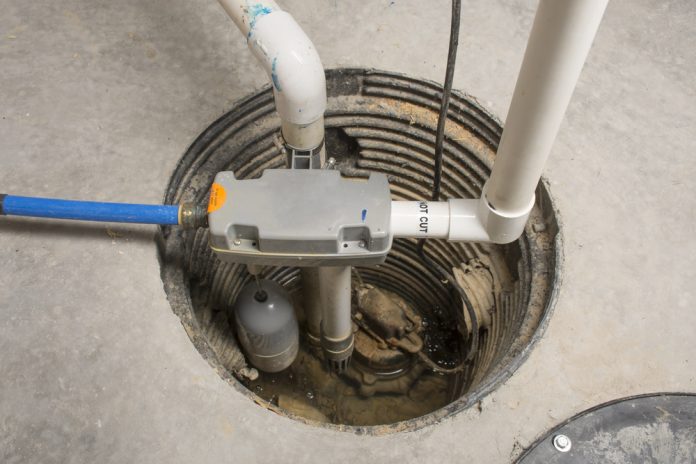A flooding of a house is one of the most common problems in many states. Even in your worst nightmares, you certainly do not want your house to get flooded. The good news is that there is nothing to worry about when you have some of the best sump pumps ready for your basement. These sump pump machines are superheroes for the basement; they will protect your house from water logging and flooding for its lifetime.
Heavy rains cannot be controlled. However, flooding can be controlled if you have a proper sump pump machine installed in your house. Instead of spending chunks of money on getting your house fixed post flooding, invest a little in a sump pump or a sump pump repair. Keep your house dry regardless of floods and rain.
Types of Sump Pumps
Primarily, there are two types of sump pumps to consider from a company such as sumppumpguides.net/ – pedestal and submersible. A pedestal is usually fixed above the sump pit and is simpler to maintain. On the other hand, a submersible is installed inside the pit itself. Since it is properly sealed and fixed, sometimes it is difficult to reach the machine.
A pedestal pump comes in various models and these are relatively economical compared to the latter. Both pumps need a long pipe to connect and take the water to the drainage system from the basement. The pipe needs to have a distance of at least 20 feet.
What Shape & Size of Sump Pump Is Best for the Basement?
Understand and inspect your area at first before you decide to buy a sump pump for your home. If you have a basement in a split-level home (low-lying home), then you surely need a sump pump. Most people prefer an automatic sump pump, as these are specifically designed in a manner where the water is accumulated and clearly thrown through the drainage into the pit.
Regardless of whether you install the sump pump in a sink directly or a basin, the water reaches the pit at first and then gets pumped out of the house into the soil. Places that have connected toilets in low-lying areas usually go for a macerating system. The macerating system has a grinder too that takes away the garbage and smaller particles.
Sewage pumps (similar to effluent pumps) collect solid waste in the pump. These are commonly used for laundry waste, dishwasher, and sink garbage. If your home is on a hilly area, these types of pumps are ideal.
Utility pumps are used to collect smaller units of water and transfer them from one place to another.
Conclusion
If you are interested in buying a sump pump for your basement, check out other guides or your nearest store for a free consultation. Your plumber would be the best person to decide which sump pump is best for you. They are highly experienced in fixing them in various types of houses and should be able to guide you to the correct option.
Find a Home-Based Business to Start-Up >>> Hundreds of Business Listings.
















































